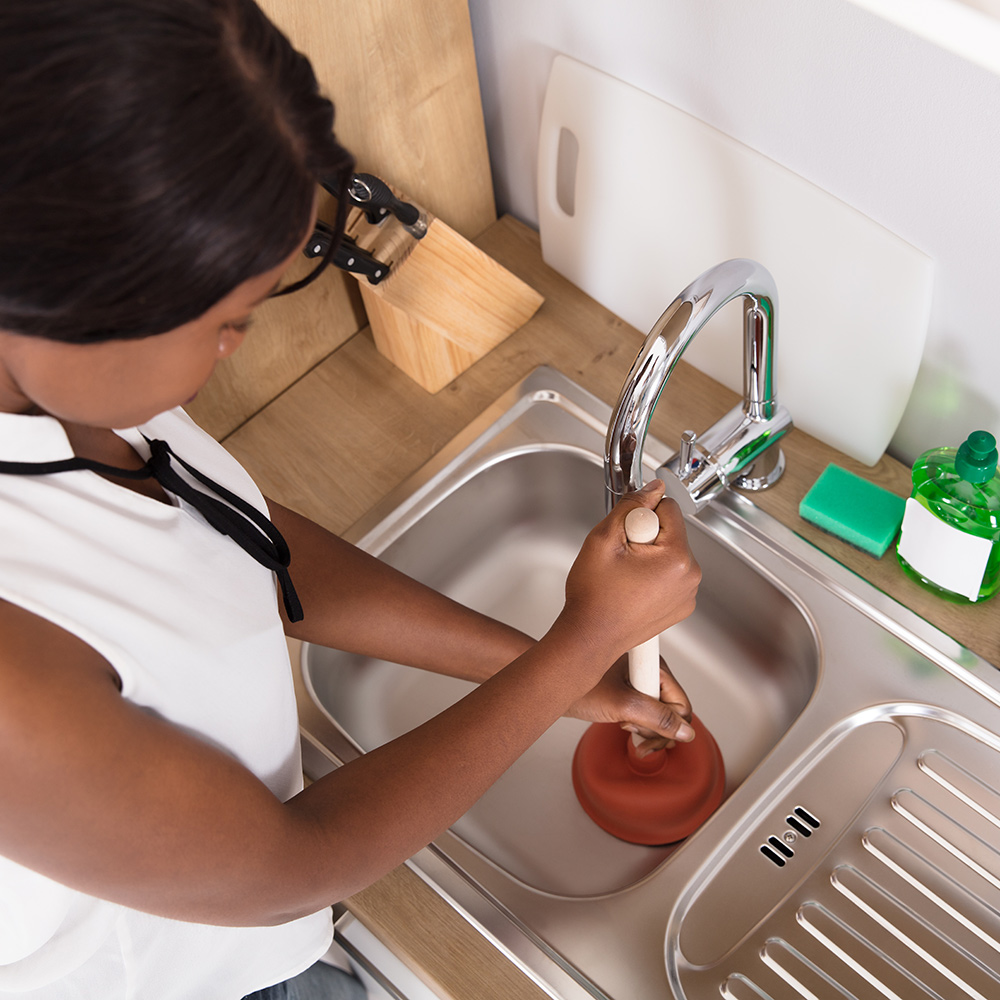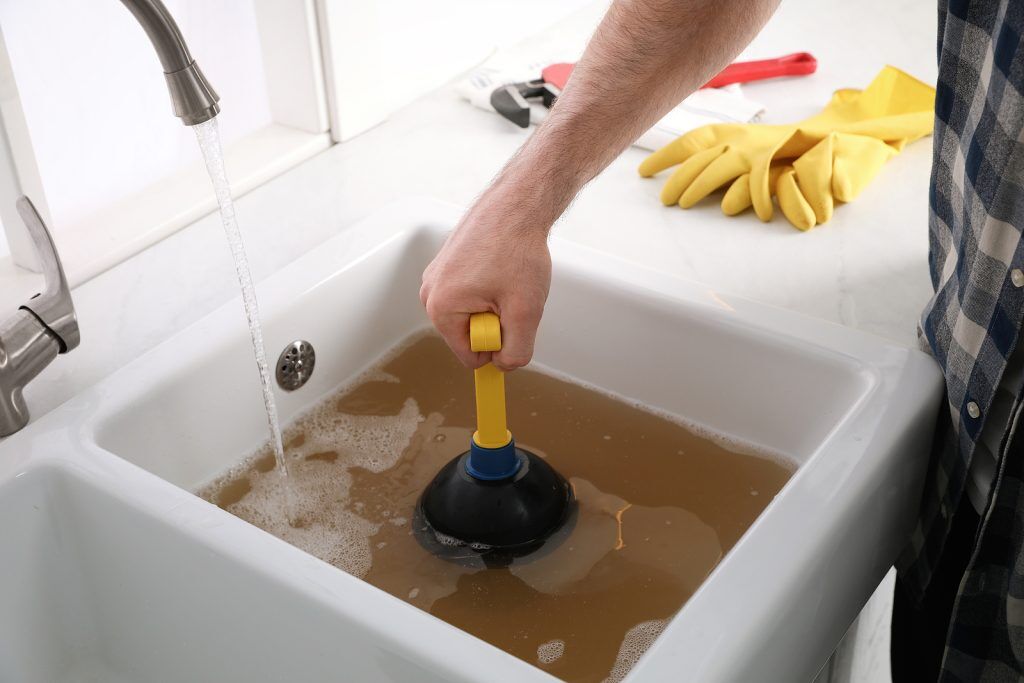How to Properly Apply Plungers and Drain Cleaners: Specialist Guidance
How to Properly Apply Plungers and Drain Cleaners: Specialist Guidance
Blog Article
How do you actually feel when it comes to Tips on How to Effectively Use a Plunger?

Introduction
Proper upkeep of family drains pipes is important for preventing clogs and ensuring smooth water flow. One of the secret tools in every house owner's toolkit is the plunger, alongside different drainpipe cleaners made to deal with persistent clogs successfully. This post explores how to use bettors and drainpipe cleansers effectively to keep your drains streaming openly.
Area 1: Comprehending Plungers
Kinds of Plungers
There are numerous sorts of bettors readily available, each designed for different types of drains and clogs. The most usual kinds consist of mug bettors, flange bettors, and accordion bettors.
Exactly How Plungers Work
Plungers work on the concept of developing stress and suction to remove clogs. When properly used over a drainpipe, they produce a vacuum cleaner that can take out particles or separate clogs.
Selecting the Right Bettor
Picking the appropriate bettor relies on the kind of drainpipe and the nature of the obstruction. Mug plungers are optimal for sinks and tubs, while flange plungers are better matched for bathrooms because of their layout.
Usual Mistakes with Bettors
Preventing these blunders makes sure efficient plunging: inappropriate seal around the drain, not enough pressure, and not clearing bordering particles.
Section 2: Utilizing Plungers Effectively
Preparation
Prior to diving, ensure the plunger covers the drainpipe completely and forms a limited seal. Clear any kind of visible debris around the drain opening.
Technique
Beginning with mild diving motions to build suction. Boost stress slowly, utilizing a consistent rhythm. Repeat as needed until the drainpipe gets rid of.
Fixing Tips
If plunging doesn't function, attempt changing the seal, using oil jelly for a much better seal, or utilizing a different sort of plunger.
Area 3: Comprehending Drain Cleaning Company
Sorts Of Drain Cleaning Company
Drain cleaners can be chemical or chemical. Chemical cleansers use strong chemicals to dissolve clogs, while enzymatic cleansers utilize natural enzymes to break down organic matter.
How Drainpipe Cleaning Company Job
Chemical cleaners react with obstructions to dissolve them, while enzymatic cleaners break down organic products like hair and grease without hurting pipes.
Security Factors to consider
Always put on gloves and eye security when utilizing chemical drainpipe cleansers. Guarantee adequate air flow and comply with maker directions very carefully.
Eco-Friendly Alternatives
Consider utilizing vinegar and baking soda or enzyme-based cleaners for eco-friendly alternatives that are much safer for pipelines and the setting.
Section 4: Utilizing Drain Cleaners Properly
Application Strategies
Put chemical cleaners directly right into the drain opening. Permit them to work for the suggested time before purging with hot water. Enzymatic cleaners must rest overnight.
Safety measures
Stay clear of blending various types of cleaners, as this can produce harmful fumes. Never utilize chemical cleaners combined with a bettor, as spilling can happen.
Managing Persistent Obstructions
For persistent blockages, take into consideration making use of a plumbing snake or calling a professional plumber to avoid damage to pipelines.
Verdict
Finally, recognizing how to utilize bettors and drainpipe cleaners successfully is essential for keeping healthy and balanced plumbing systems. By picking the right tools and methods, house owners can deal with minor obstructions and stop major plumbing concerns down the line.
How To Properly Use A Plumbing Snake To Clear Drains
When any drain clogs in our home arise, we tend to gravitate toward the plunger and little else. In cases where the plunger and its vacuum-created pressure are not able to clear clogs, many immediately move to harmful chemicals or simply call their plumber to fix the issue.
we’re happy to help with all drain cleaning needs and concerns. This includes informing you on a few other home remedies you may have at your disposal for minor to moderate clogs, one of which is the use of a plumbing snake. Many people have never used one of these before – let’s go over the steps to take when your drain clogs and you have a plumbing snake available.
Attempt Plunger Use
The first step here, as we noted above, should indeed be to grab your plunger when you notice a drain clog and attempt to resolve it this way. If you’re unsure how to use a particular type of plunger, our plumbers can answer any questions you have. If this doesn’t do the trick, however, you move on to the snake.
Locate And Prepare Snake
A plumbing snake is a metal or plastic device that’s generally about a quarter of an inch thick. It’s design with significant extensions, meant to reach down into your clogged drain and push the clog out. Snakes also contain drain augers that will latch onto and push stubborn blockages.
If your plunger doesn’t clear a clog, locate your snake and bring it to the drain in question. We also recommend keeping a bucket nearby to collect the clog once you pull it out, plus we’d advise wearing goggles and possibly protective gloves.
Feed Snake
Once you’re ready to go, feed the snake slowly down the drain, using the crank device it comes with to keep it moving until it finds the clog. Once this happens, much of the clog will be latched onto the coil so you can pull it out, while the rest will simply break up and flow downward.
Detach Debris
Remove the snake slowly from the drain, and once you’ve done so, pick off any debris that’s stuck to the coil. This is another area where wearing gloves is a must.
Flush Drain
Finally, take a few minutes to ensure the snake has done its job correctly. If you’ve been using it on a toilet, flush the toilet a couple times and make sure everything flows well. If you’ve used it on a different drain, flush it with some room temperature water.
https://www.mybuddytheplumber.com/blog/how-to-properly-use-a-plumbing-snake-to-clear-drains/

Application Strategies
Put chemical cleaners directly right into the drain opening. Permit them to work for the suggested time before purging with hot water. Enzymatic cleaners must rest overnight.
Safety measures
Stay clear of blending various types of cleaners, as this can produce harmful fumes. Never utilize chemical cleaners combined with a bettor, as spilling can happen.
Managing Persistent Obstructions
For persistent blockages, take into consideration making use of a plumbing snake or calling a professional plumber to avoid damage to pipelines.
Verdict
Finally, recognizing how to utilize bettors and drainpipe cleaners successfully is essential for keeping healthy and balanced plumbing systems. By picking the right tools and methods, house owners can deal with minor obstructions and stop major plumbing concerns down the line.
How To Properly Use A Plumbing Snake To Clear Drains
When any drain clogs in our home arise, we tend to gravitate toward the plunger and little else. In cases where the plunger and its vacuum-created pressure are not able to clear clogs, many immediately move to harmful chemicals or simply call their plumber to fix the issue.
we’re happy to help with all drain cleaning needs and concerns. This includes informing you on a few other home remedies you may have at your disposal for minor to moderate clogs, one of which is the use of a plumbing snake. Many people have never used one of these before – let’s go over the steps to take when your drain clogs and you have a plumbing snake available.
Attempt Plunger Use
The first step here, as we noted above, should indeed be to grab your plunger when you notice a drain clog and attempt to resolve it this way. If you’re unsure how to use a particular type of plunger, our plumbers can answer any questions you have. If this doesn’t do the trick, however, you move on to the snake.
Locate And Prepare Snake
A plumbing snake is a metal or plastic device that’s generally about a quarter of an inch thick. It’s design with significant extensions, meant to reach down into your clogged drain and push the clog out. Snakes also contain drain augers that will latch onto and push stubborn blockages.
If your plunger doesn’t clear a clog, locate your snake and bring it to the drain in question. We also recommend keeping a bucket nearby to collect the clog once you pull it out, plus we’d advise wearing goggles and possibly protective gloves.
Feed Snake
Once you’re ready to go, feed the snake slowly down the drain, using the crank device it comes with to keep it moving until it finds the clog. Once this happens, much of the clog will be latched onto the coil so you can pull it out, while the rest will simply break up and flow downward.
Detach Debris
Remove the snake slowly from the drain, and once you’ve done so, pick off any debris that’s stuck to the coil. This is another area where wearing gloves is a must.
Flush Drain
Finally, take a few minutes to ensure the snake has done its job correctly. If you’ve been using it on a toilet, flush the toilet a couple times and make sure everything flows well. If you’ve used it on a different drain, flush it with some room temperature water.
https://www.mybuddytheplumber.com/blog/how-to-properly-use-a-plumbing-snake-to-clear-drains/

We were shown that write-up on Tips on How to Effectively Use a Plunger from someone on a different site. Sharing is caring. You won't know, you will be helping someone out. I truly appreciate your readership.
Book Now! Report this page